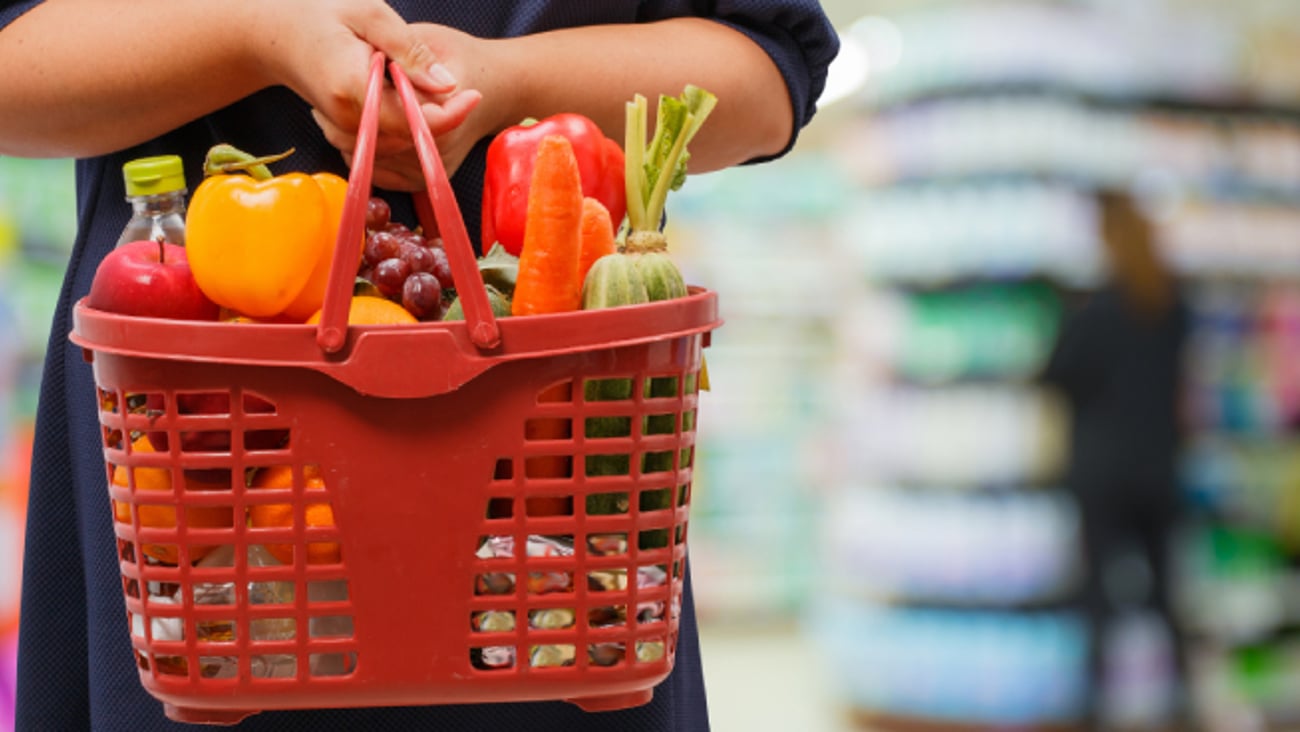Back to traditional meal routines
Over the past five years, traditional eating patterns centred around the classic concept of "three square meals a day" had slowly eroded in favour of more frequent meals and snacks throughout the day. Shifts away from the classic meal consumption culture were born from a confluence of evolving needs and dietary preferences, increasing time pressures and competing commitments, highlighting the transformation of modern-day lifestyle dynamics.
Pandemic-prompted lockdowns, however, have seen housebound Canadians once again prioritizing traditional meal occasions as pillars to help define their days and break up quarantine monotony.
Ipsos FIVE, the daily food and beverage consumption diary study, reports that 57% of all food and commercial beverage items consumed in an average day in the pandemic era (April to December 2020) occur at meals (+15% versus the pre-pandemic era, April to December 2019).
With most meals being sourced from home, the pandemic has resulted in six in 10 Canadians reporting they now adhere to an eating regime that focuses on three traditional meals with limited snacking. The balance of Canadians report adhering to routines that include multiple snacks and mini-meal occasions in an average day. Home-schooling, work-from-home scheduling, reduced social interaction, isolated household environments, fear of shortages, boredom, stress and anxiety needs are all contributing to shifting habits and choices at meals.
DESIRE FOR COMFORT & NOSTALGIA INCREASINGLY SHAPES MEAL CHOICES
While hunger, thirst and convenience need states remain point-of-entry motivations driving meal food and beverage choices, the tumult of 2020 has prompted a rise in consumers’ quests for familiarity and comfort. When deciding what to eat or drink at meals, the fastest rising need states are: comfort cravings (+6% change versus the pre-pandemic era*), nurture sharing (+9%), societal impact (+8%) and nostalgia (+9%).*
Turning to category or brand favourites in times of uncertainty is a way for consumers to please, nurture and treat loved ones in turbulent times.
THE RISE OF HOME BREAKFASTS
The movement to home breakfasts reverses a prominent trend over the past five years, which was restaurant on-and off-premise dining. It has also revealed the emergence of a number of new needs motivating choices beyond the “five Hs” of hunger, health, habit, hurry and hearty. Top breakfast foods include eggs, toast, fresh fruit and cereal. Also notable at breakfast is the rise in consumption of home-brewed coffee and the re-emergence of old favourites like milk and orange juice.
LUNCH LEFTOVER MANIA
Lunch at home remains characterized by speed, little or no planning and on-hand availability. Consumers continue to move away from sandwiches while increasingly opting for salads, eggs, soup and leftovers. The rise in leftover consumption at lunch is driven by taste, convenience, health and value. This can be directly correlated to increased investment in dinner preparation.
SHARED DINNERS AT THE TABLE
Dinner continues to be characterized by Canadians as the most important meal of the day and where consumers spend the most money, invest the most time and include more items on the plate than at any other meal. Key to the dinner meal importance in the pandemic era are “at the table sharing” habits. In the early days with lockdown restrictions, there was a notable increase in from-scratch preparation (+7% April to June 2020 versus April to June 2019). Many months later, however, quarantine-weary meal preparers are increasingly opting for aided solutions such as meal kits and are looking to foodservice for take-out, drive-through and delivery options. Ipsos Foodservice Monitor reports that usage of delivery services has doubled in the pandemic period.
The challenge to retailers, manufacturers and foodservice operators in these unique times is to position offers to the nuanced habits and needs of consumers. It is no longer enough to merely understand what Canadians are buying. Rather it is those companies willing to invest in resetting their understanding of homebound consumers by evaluating situational dynamics, investigating preparation habits and by looking at the need of Canadians to comfort and nurture loved ones at meals that will succeed in today’s environment and beyond.
This article appeared in Canadian Grocer's March/April 2021 issue.




